Evgeniya Ustinova
MoRF: Mobile Realistic Fullbody Avatars from a Monocular Video
Mar 17, 2023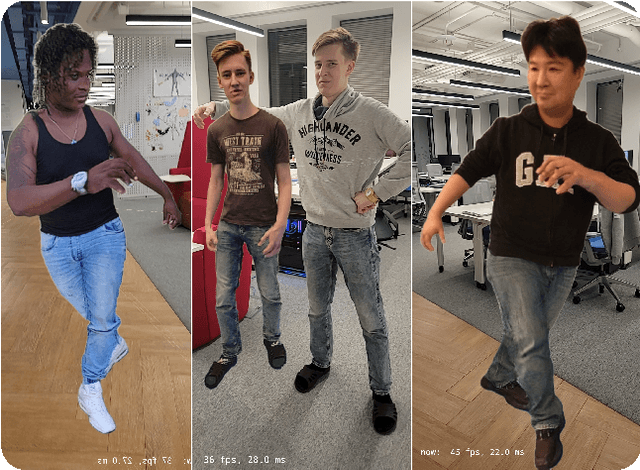
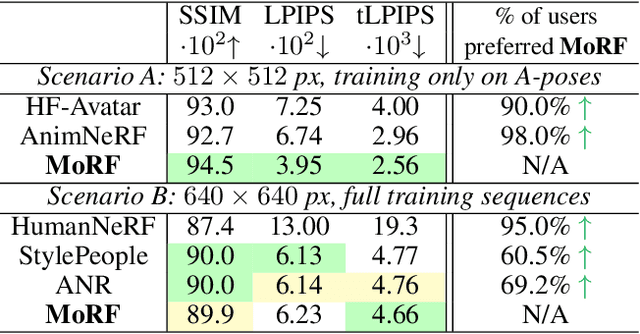

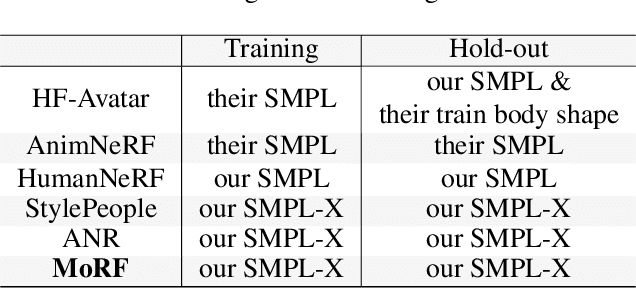
Abstract:We present a new approach for learning Mobile Realistic Fullbody (MoRF) avatars. MoRF avatars can be rendered in real-time on mobile phones, have high realism, and can be learned from monocular videos. As in previous works, we use a combination of neural textures and the mesh-based body geometry modeling SMPL-X. We improve on prior work, by learning per-frame warping fields in the neural texture space, allowing to better align the training signal between different frames. We also apply existing SMPL-X fitting procedure refinements for videos to improve overall avatar quality. In the comparisons to other monocular video-based avatar systems, MoRF avatars achieve higher image sharpness and temporal consistency. Participants of our user study also preferred avatars generated by MoRF.
Hyperbolic Image Embeddings
Apr 03, 2019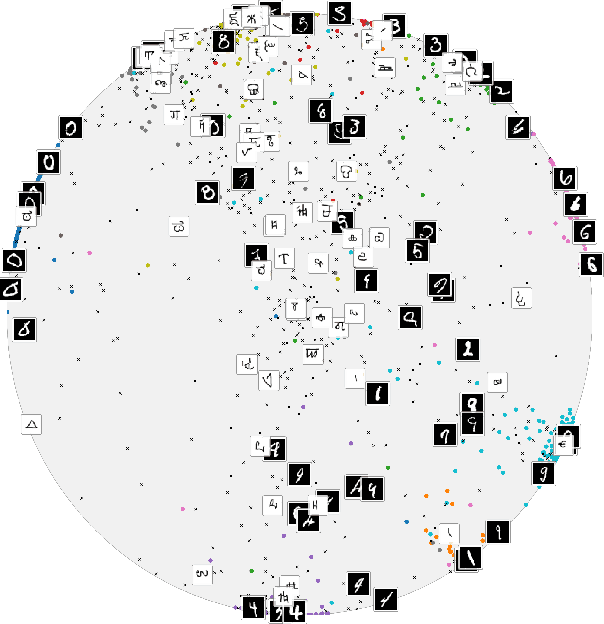

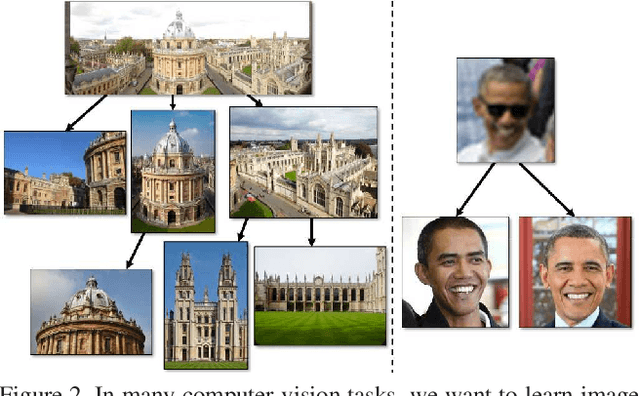

Abstract:Computer vision tasks such as image classification, image retrieval and few-shot learning are currently dominated by Euclidean and spherical embeddings, so that the final decisions about class belongings or the degree of similarity are made using linear hyperplanes, Euclidean distances, or spherical geodesic distances (cosine similarity). In this work, we demonstrate that in many practical scenarios hyperbolic embeddings provide a better alternative.
Multiregion Bilinear Convolutional Neural Networks for Person Re-Identification
Sep 06, 2017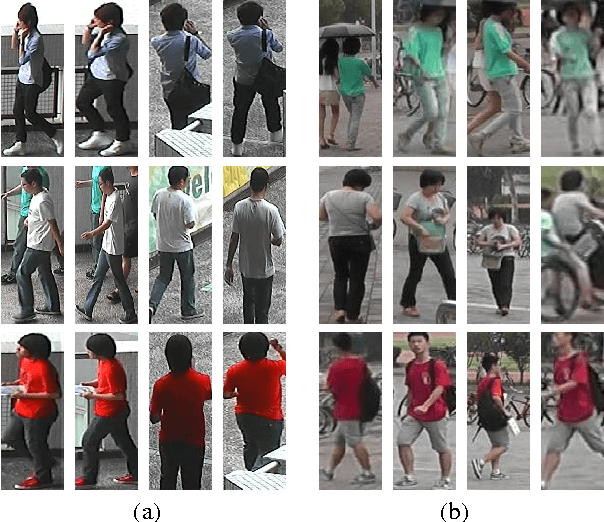
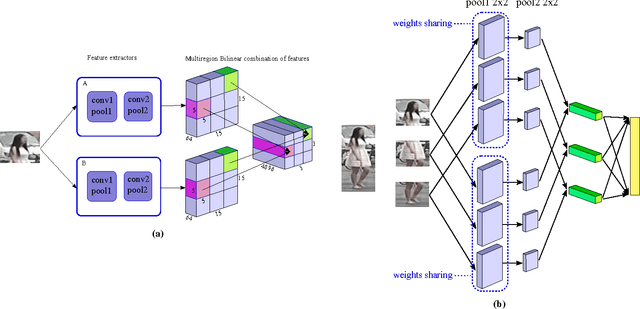
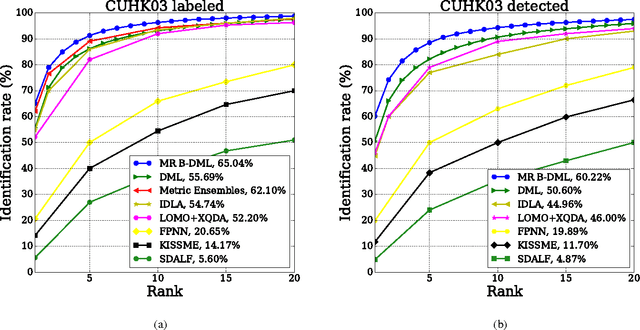
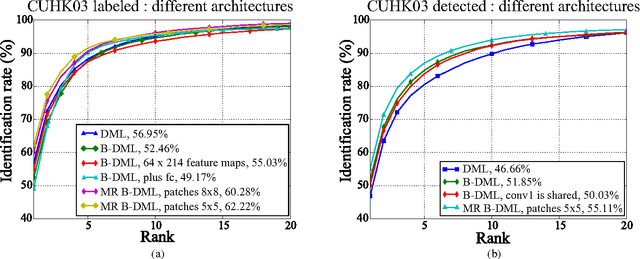
Abstract:In this work we propose a new architecture for person re-identification. As the task of re-identification is inherently associated with embedding learning and non-rigid appearance description, our architecture is based on the deep bilinear convolutional network (Bilinear-CNN) that has been proposed recently for fine-grained classification of highly non-rigid objects. While the last stages of the original Bilinear-CNN architecture completely removes the geometric information from consideration by performing orderless pooling, we observe that a better embedding can be learned by performing bilinear pooling in a more local way, where each pooling is confined to a predefined region. Our architecture thus represents a compromise between traditional convolutional networks and bilinear CNNs and strikes a balance between rigid matching and completely ignoring spatial information. We perform the experimental validation of the new architecture on the three popular benchmark datasets (Market-1501, CUHK01, CUHK03), comparing it to baselines that include Bilinear-CNN as well as prior art. The new architecture outperforms the baseline on all three datasets, while performing better than state-of-the-art on two out of three. The code and the pretrained models of the approach can be found at https://github.com/madkn/MultiregionBilinearCNN-ReId.
Learning Deep Embeddings with Histogram Loss
Nov 02, 2016



Abstract:We suggest a loss for learning deep embeddings. The new loss does not introduce parameters that need to be tuned and results in very good embeddings across a range of datasets and problems. The loss is computed by estimating two distribution of similarities for positive (matching) and negative (non-matching) sample pairs, and then computing the probability of a positive pair to have a lower similarity score than a negative pair based on the estimated similarity distributions. We show that such operations can be performed in a simple and piecewise-differentiable manner using 1D histograms with soft assignment operations. This makes the proposed loss suitable for learning deep embeddings using stochastic optimization. In the experiments, the new loss performs favourably compared to recently proposed alternatives.
Domain-Adversarial Training of Neural Networks
May 26, 2016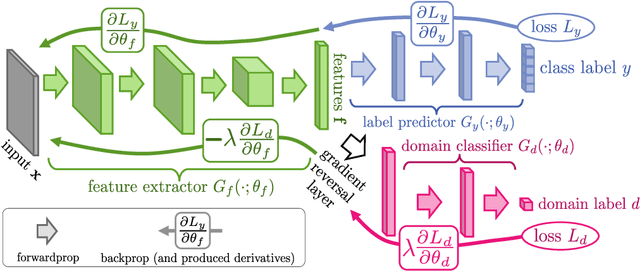
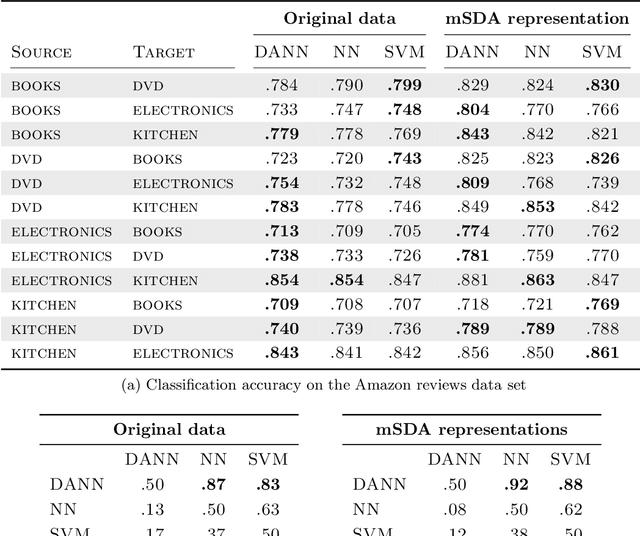


Abstract:We introduce a new representation learning approach for domain adaptation, in which data at training and test time come from similar but different distributions. Our approach is directly inspired by the theory on domain adaptation suggesting that, for effective domain transfer to be achieved, predictions must be made based on features that cannot discriminate between the training (source) and test (target) domains. The approach implements this idea in the context of neural network architectures that are trained on labeled data from the source domain and unlabeled data from the target domain (no labeled target-domain data is necessary). As the training progresses, the approach promotes the emergence of features that are (i) discriminative for the main learning task on the source domain and (ii) indiscriminate with respect to the shift between the domains. We show that this adaptation behaviour can be achieved in almost any feed-forward model by augmenting it with few standard layers and a new gradient reversal layer. The resulting augmented architecture can be trained using standard backpropagation and stochastic gradient descent, and can thus be implemented with little effort using any of the deep learning packages. We demonstrate the success of our approach for two distinct classification problems (document sentiment analysis and image classification), where state-of-the-art domain adaptation performance on standard benchmarks is achieved. We also validate the approach for descriptor learning task in the context of person re-identification application.
* Published in JMLR: http://jmlr.org/papers/v17/15-239.html
 Add to Chrome
Add to Chrome Add to Firefox
Add to Firefox Add to Edge
Add to Edge